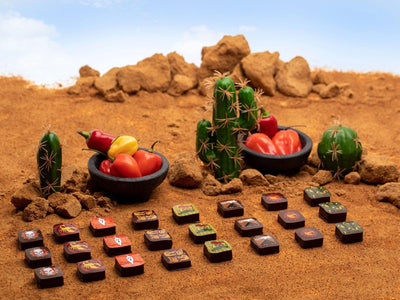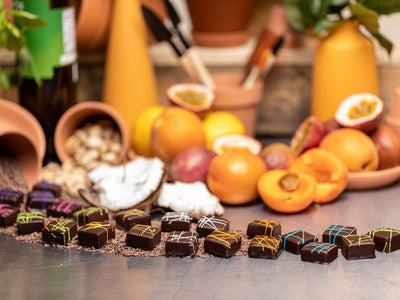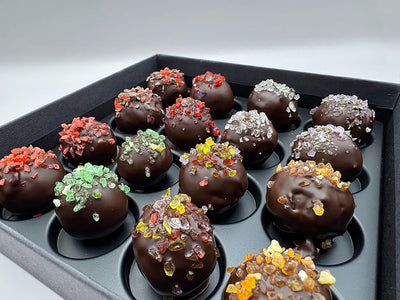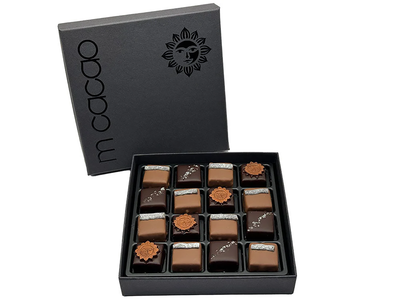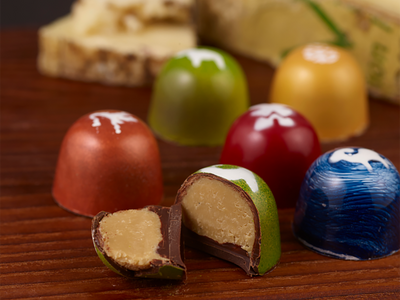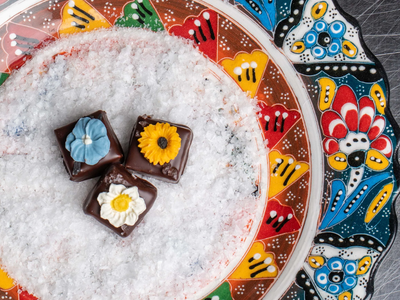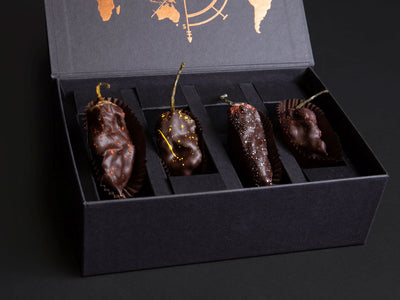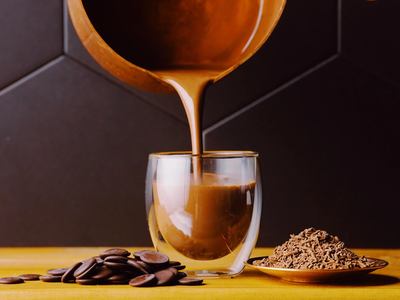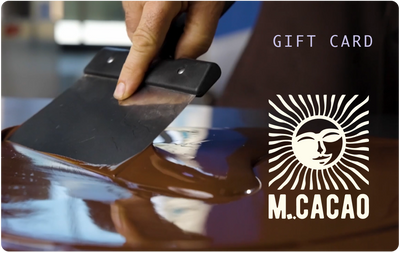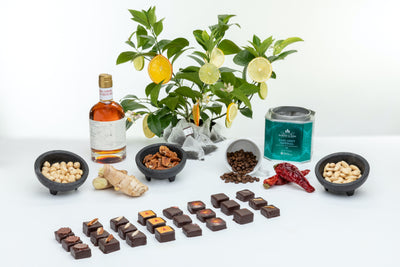Meet Capsaicin’s Extended Family: The Capsaicinoids
If you’ve eaten your fair share of chile peppers, you’ve probably noticed that different cultivars produce their own characteristic heat sensations. Some chiles attack immediately, some are a slow fire. Some hit the lips first, others burn the back of your throat and palate. Some recede quickly, some linger. Some chiles have a sharp bite, and others a deep burn. I started wondering how one molecule, capsaicin, can be responsible for all those different sensations in various chile peppers? There must be more to the story, and there is.
Capsaicin, the molecule that’s famous for its fire, is actually a part of a family of heat-producing compounds called capsaicinoids. Capsaicinoids are chemicals that chiles produce in order to protect them from being eaten by mammals. Unfortunately, the chiles didn’t count on humans actually developing a taste for pain. We now cultivate chiles specifically for the burn.
The Molecular Trickster
A type of receptor called TRPV1 is scattered throughout our mouth and digestive system, and it’s designed to tell us when we’re eating something we shouldn’t, like food that’s too acidic, or too high in temperature. It so happens that the TRPV1 receptor is also sensitive to a variety of tasty compounds like piperine (the active ingredient in black pepper); allyl isothiocyanate (the pungency in wasabi, horseradish, and mustard); allicin (raw garlic); gingerol (raw ginger); zingerone (cooked ginger); and eugenol (cinnamon, nutmeg, basil, bay leaf, and clove).
Mainly though, TRPV1 is activated by temperatures over 109F, abrasion, and by corrosive chemicals, which results in the feeling of scalding heat, pain, sweating, tearing, and inflammation. This is why spicy chiles taste hot: capsaicinoids trick the body into thinking it’s both overheating and suffering some kind of intense mechanical or chemical stimulus at the same time, even though they’re not doing any damage whatsoever. However, it is still possible to overdose on this little devil molecule. If you eat too much of the capsaicinoids, your tissues can become inflamed as the body tries to fight off the perceived threat, and that can be hazardous. So be careful! But rest assured—M. Cacao’s spicy chocolate is never life-threatening. But your body may react to the pain by producing endorphins, so you may experience a “chile high”.
Not all Heat is Created Equal
The heat of capsaicin has historically been measured in Scoville Heat Units. The Scoville scale was first developed by determining how much sugar water was required to soothe a taster’s burning mouth. Nowadays, the concentration of capsaicinoids can be more objectively determined in the lab using high-performance liquid chromatography (HPLC), from which a sample’s Scoville number can be calculated.
But as any chilephile can tell you, a single number can’t tell the whole story of a chile’s fire. And this is because the capsaicinoid family includes capsaicin, of course, but also a close cousin called dihydrocapsaicin, and distant cousins like nordihydrocapsaicin and homodihydrocapsaicin. Even though all of these molecules appear almost identical, each one has a slightly different structure, and therefore will have different binding affinities to the TRPV1 receptor. This means that each will have different rates of attaching to TRPV1 receptors, each will activate the receptor to differing degrees and intensity, and each will have differing dissociation rates with the receptor. So the speed at which you sense the heat, the strength of the heat and its longevity will all be different. In short, each of these molecules interacts differently with the warmth and pain receptors in your mouth, producing their own brand of heat sensations.
Capsaicin and dihydrocapsaicin are moderately hot, with a heat sensation that feels “flat”, like it’s being smeared or painted on with a brush. They produce heat in the mid-mouth, mid-palate, as well as the throat and back of the tongue.
Nordihydrocapsaicin is the least irritating capsaicinoid, with a burn located in front of the mouth and palate. A mellow, warm heat hits quickly and recedes quickly.
Homodihydrocapsaicin is very irritating, even more than capsaicin. It produces a very sharp and harsh heat, like pin pricks. The heat develops slowly but affects the throat, back of the tongue, and palate for a long time.
Culinary Chemistry
If capsaicinoids are the drug, our chile chocolates are the delivery. And the chemistry of the delivery makes a big difference in how you experience the hit.
Water doesn’t dissolve capsaicinoids, leaving those molecules floating around and ready to spring into action when they see receptors like TRPV1. So aqueous-based solutions like honey are good at delivering the full power of chiles. M. Cacao’s Stingers, in which pulverized chiles are suspended in wildflower honey, offer a robust hit of heat with only the sweet honey to alleviate some of the pain.
M. Cacao’s Chile Caramels, on the other hand, are a completely different delivery. Caramel is mostly cream and butter, with very little water. Capsaicin nestles itself in the dairy fat and casein (a dairy protein), hiding away from the TRPV1 receptors in your mouth. That allows you to experience all the flavor of the chiles but with a little less heat.
Finally, our Tenth Circle Challenge Chocolate Peppers are confited, then dipped in chile caramel, then chocolate. These potent little capsules deliver a full chile’s dose of capsaicinoids, along with a little caramel and chocolate to complement the chile’s fruitiness. These are not for the casual chilihead, but they are packed with chile flavor.
And if it all becomes a little too much, drink some milk. The fat and casein will encapsulate and wash away a little of the heat. Or, try my favorite antidote: ice cream. The cold counteracts the heat signal, the sugar binds to pain receptors more readily than the spice, and the dairy will help wash away the capsaicinoids.









